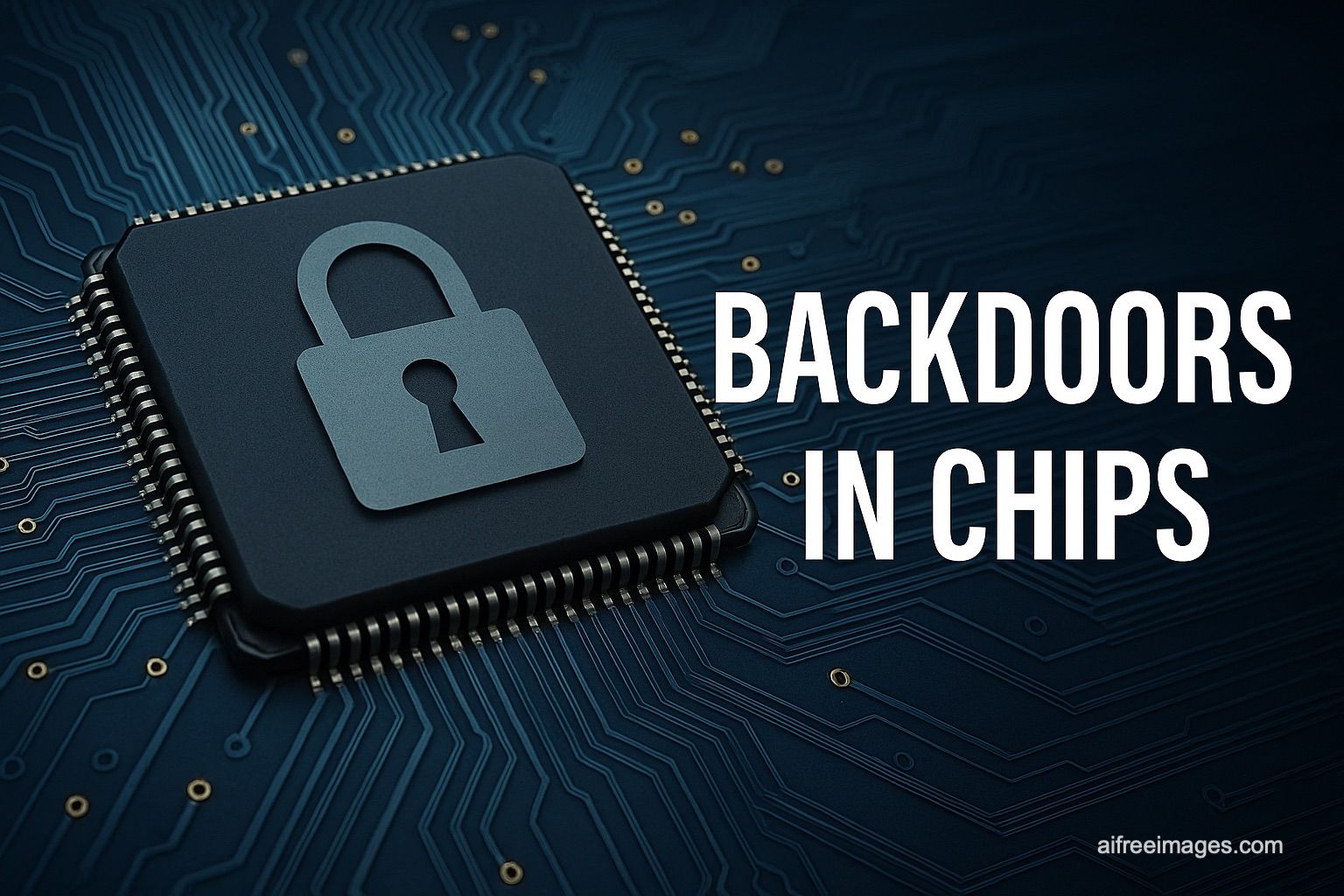The Chinese internet regulator is demanding explanations about potential tracking features and remote shutdown capabilities in the H20 AI chips, which are specifically designed for the Chinese market under U.S. export restrictions.
The Cyberspace Administration of China (CAC) has officially summoned NVIDIA following suspicions that its H20 chips, developed exclusively for the Chinese market, may contain backdoors that could threaten national security and user privacy. This marks a new chapter in the ongoing technological conflict between the United States and China, where mutual trust in critical hardware has reached historic lows.
NVIDIA’s H20 chips, based on the Hopper architecture, were created to comply with U.S. sanctions, offering limited computing power tailored to Chinese AI developers’ needs. Their sale was initially prohibited by the U.S. amid fears that this technology could be used for military purposes by the Chinese government. However, after negotiations, Washington quietly lifted the ban, allowing exports to resume.
Yet, mistrust remains. On July 31, 2025, the Chinese regulator formally demanded that NVIDIA provide a detailed explanation and technical documentation clarifying whether the H20 chips include mechanisms that enable:
– Location tracking
– Remote system deactivation
– Covert data collection
This request is grounded in Chinese laws related to cybersecurity, data security, and personal information protection, which require scrutiny of any foreign technology that could pose a threat to the nation’s digital infrastructure.
According to the official statement from CAC:
“Recent serious security issues have been identified with NVIDIA’s computing chips. U.S. legislators had already pushed for advanced chips to incorporate tracking capabilities. U.S. AI experts confirmed that NVIDIA’s chips incorporate mature location, tracking, and remote shutdown technologies. To protect the security of Chinese networks and data, NVIDIA has been asked to clarify these risks and submit technical documentation on the H20 chips.”
A borderless issue: who can install a backdoor?
This incident reopens a fundamental question beyond geopolitical conflicts: who truly controls the technology we use? Both China and the U.S. have been accused in the past of embedding backdoors or hidden functionalities in exported technological equipment, claiming national security or strategic control reasons.
While the U.S. has warned that Chinese manufacturers like Huawei or TikTok might serve the Communist Party’s interests, China now accuses NVIDIA of potentially compromising the country’s digital sovereignty. In both cases, the common denominator is system opacity and the challenge of independently verifying if covert surveillance or remote control functions exist.
David Carrero, a cloud infrastructure expert and cofounder of Stackscale (Aire Group), comments:
“In these sorts of disputes, no one is entirely suspicion-free. Modern hardware is so complex that guaranteeing with complete certainty that no hidden functions exist is nearly impossible. The worrying part is that geopolitical pressure can turn critical technologies into invisible weapons.”
The challenge of technological trust
Growing distrust is prompting many nations to develop sovereign solutions or demand absolute transparency in chip and software designs. However, when manufacturers are subject to national legislation that can impose secret requirements—such as the U.S. National Security Law or China’s National Intelligence Law—the problem becomes a dead end.
The proposed U.S. Chip Security Act, which would require exported chips to include GPS-like capabilities for tracking, exemplifies how cybersecurity and geopolitics are increasingly intertwined in the world of silicon.
In this context, China’s demand for NVIDIA can be viewed both as a legitimate concern for digital sovereignty and a political move to reduce reliance on foreign tech providers. What’s clear is that as AI and advanced chips become pillars of global power, technological trust has become a scarce commodity.
And while the debate continues over whether NVIDIA’s H20 chips truly have a backdoor or if this is simply another geopolitical skirmish, the overarching question remains: can technology be built without blindly trusting its manufacturer?

